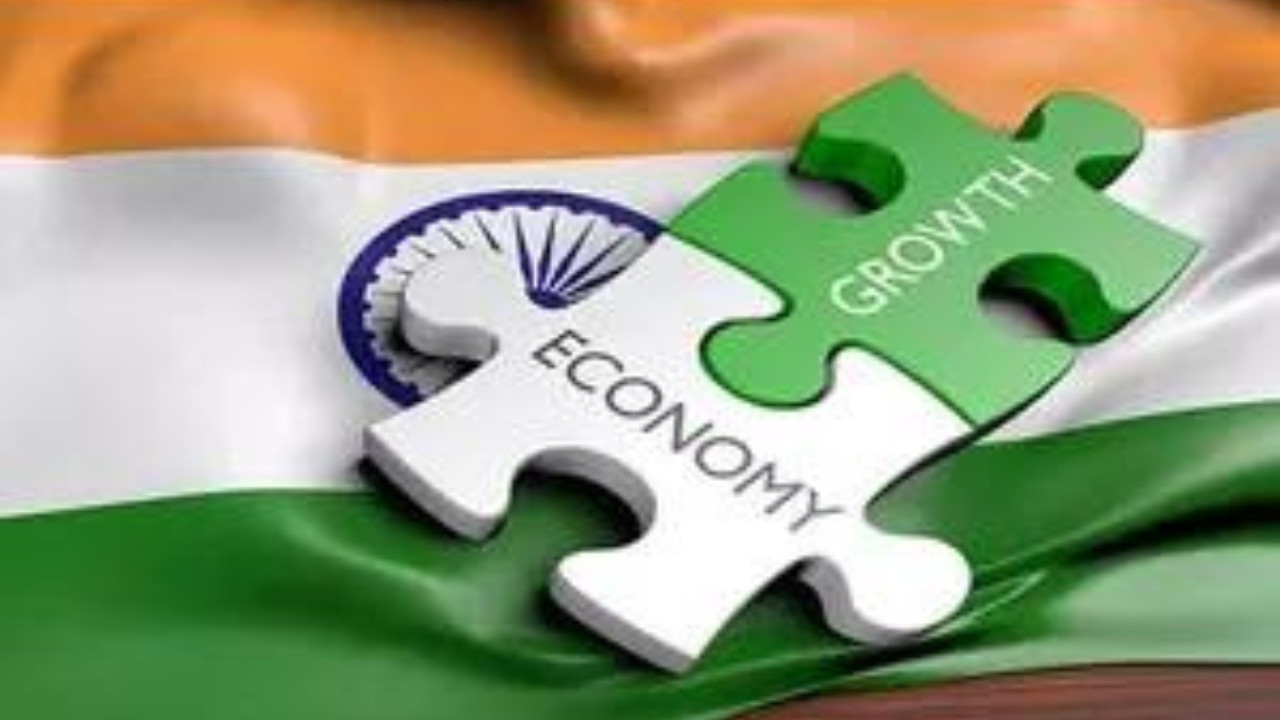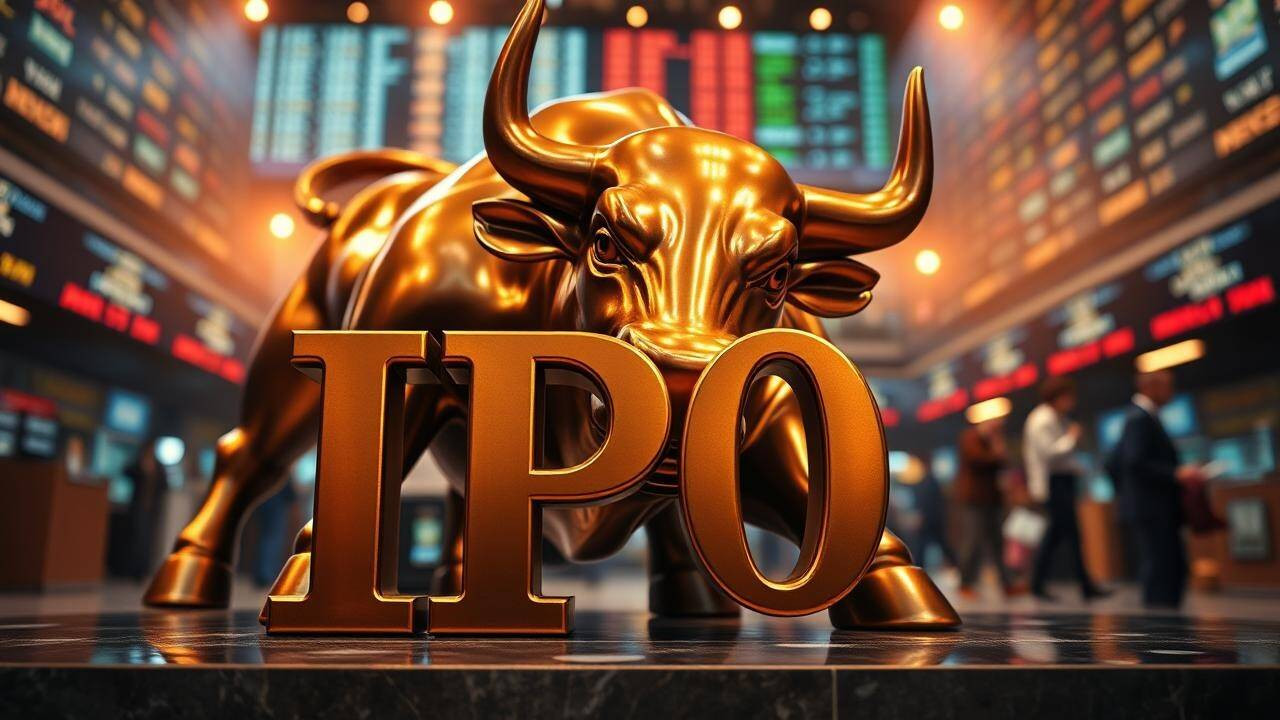India’s Economic Ascent: A Glimpse into the Future
India’s economic story continues to captivate global attention, and the latest projections from leading international organizations paint a compelling picture of sustained growth. Forget fleeting booms; we’re talking about a steady climb, a resilient ascent that positions India as a key player on the world stage. The OECD (Organisation for Economic Co-operation and Development) recently released their forecasts, suggesting a robust 6.7% growth rate for India in fiscal year 2026. This optimism is echoed by S&P Global Ratings, who project a growth rate of 6.5% for the same period. What’s driving this positive outlook, and what does it mean for the average Indian citizen?
Understanding the Engines of Growth
These projections aren’t simply plucked from thin air. They’re based on a careful analysis of various factors, including India’s domestic demand, its expanding manufacturing sector, and its increasing integration into global supply chains. A key element is the sustained investment in infrastructure – think new highways, modernized railways, and expanded port capacities. These improvements are not just about making travel easier; they’re about creating a more efficient and interconnected economy, reducing bottlenecks and stimulating commerce.
Furthermore, India’s demographic dividend continues to play a crucial role. A young, increasingly skilled workforce provides a ready pool of talent for businesses, both domestic and international. This translates to increased productivity and innovation, fueling economic expansion across sectors. The government’s focus on skill development initiatives is crucial in harnessing this demographic potential to achieve even greater economic prosperity.

Navigating Global Headwinds: India’s Resilience
Of course, the global economic landscape is never without its challenges. Geopolitical tensions, fluctuating commodity prices, and the ongoing impact of climate change all present potential headwinds. However, India’s relatively strong domestic demand acts as a buffer against these external shocks. The nation’s growing middle class, with its increasing purchasing power, continues to drive consumption and investment. This internal engine of growth provides a degree of insulation from the volatility of the global market.
Moreover, the government’s prudent fiscal policies and commitment to reforms are contributing to macroeconomic stability. A focus on fiscal discipline and targeted spending helps to maintain investor confidence and create a predictable environment for businesses to thrive.
Implications for the Future: A Path to Prosperity
What does this all mean for the future? Continued strong economic growth has the potential to lift millions out of poverty, create new opportunities for employment, and improve the overall quality of life for Indian citizens. The projected growth figures point to a future where India plays an even more prominent role in the global economy, attracting foreign investment and becoming a major exporter of goods and services.
However, realizing this potential requires sustained effort and a continued focus on key areas. Investments in education and healthcare are essential to ensure that all citizens can participate in and benefit from economic growth. Promoting innovation and entrepreneurship will drive competitiveness and create new industries. And addressing environmental challenges is crucial to ensuring sustainable and inclusive growth for generations to come.
The Road Ahead: A Promising Outlook for Economic Growth in India
The latest projections from the OECD and S&P Global Ratings offer a glimpse into a promising future for India’s economy. While challenges undoubtedly remain, the country’s strong domestic demand, demographic advantage, and commitment to reforms position it for continued growth in the years ahead. The path ahead requires a continued focus on sustainable and inclusive growth, ensuring that the benefits of economic progress are shared by all. For more insights on India’s economic landscape, check out our analysis on [recent trends in foreign direct investment](internal-link-to-relevant-article).







